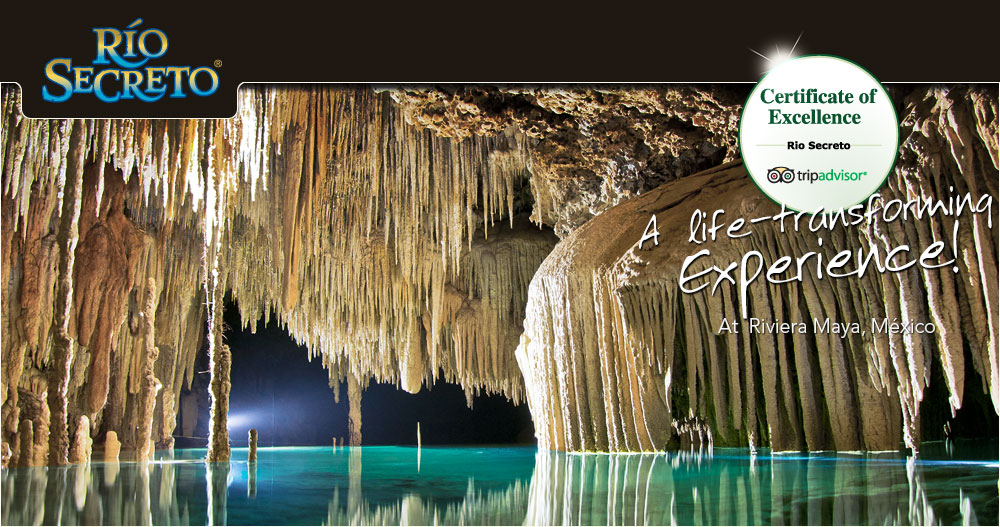
The El Eden Mine may be found in Cerro del Grillo, Zacatecas. A tram brings visitors to the entrance, where they meet with a tour guide for a stroll, 2,000ft inside the mountain. For approximately a mile, through the tunnels and hanging galleries, the party will be regaled with the stories from this historical place. The huge caverns are truly something to behold. All carved by hand, yet vast, with stalactites forming and unmined crystals still embedded in the rock.
Along the way, statues and animated tableaus display a visual glimpse into what it must have been like to work here. Until 1960, this was very much a working mine. Then flooding in the lower levels, and the encroaching city making blasting dangerous, caused it to close down. It was rendered safe and turned into a site for tourism in 1975. The whole history is relayed, both in the tours themselves and in the small museum near to the exit. The mine, like much of the city center of Zacatecas, is a UNESCO World Heritage site.

El Eden Mine was founded in 1546. Its owners and overseers were all Spanish conquistadors, while the workers were Mexicans. These were a conquered people, at the lowest end of the new world order, and they were treated as expendable.
Some of the stories from this mine are horrific. An average of six people died every day, usually due to working conditions which have modern sensibilities shuddering. The majority of people didn't see their mid-30s; and they spent their short lives working, from childhood, through 14 hour shifts in punishing labour.
As the centuries passed, conditions obviously improved with legisation, modern machinery and better techniques. But it's easy to imagine, especially with the statues laid on to guide you, what it was like back in the early days. The whole mine becomes as fascinating in the atmosphere, as it is beautiful in the aesthetics.

Two things to note here, to avoid disappointment or confusion:
* The entrance and exit are not in the same place. The latter is a twenty minute walk up the mountain. For the majority of people this is fine, as they use the exit as their starting point to explore the terrain up there. As well as the hiking trails, with panoramic views of the city, there is a gift shop, selling crystals mined in El Eden. There is a cable car to return to the lower level.
Others simply retrace their steps within the mine. It's a perfectly deligned, well-marked path and the return, done without a tour guide, can sometimes surpass the initial journey. After all, it's walked at your own pace, with ample time to inspect the awesome caverns along the way.
* The guides conduct their tours in Spanish. While this has an obvious benefit for Spanish speakers, it doesn't mean that there is nothing there for those without the language. The visual displays are there partially to enable everyone to glean the history, regardless of their ability to hear/understand the spoken word. Besides you won't need a tour guide to tell you that your surroundings are spectacular.
Benjamin Simpson is amongst those who have blogged about this attraction. 'Mina el Eden' contains a lot of pictures taken there, as well as a commentary on the experiences of a non-Spanish speaker on the tour.

On Thursday, Friday and Saturday nights, there is a unique party to be had here. In the very depths of the El Eden Mine is a nightclub. It opens at 10pm, until 3am, and it is truly a great night out. Those caves were made to have disco lights shone on them!
























 50 million years ago, the Yucatán Peninsula was just drying out from being under a warm, shallow sea. During this time, billions of fish and other creatures had lived and died in the proto-Caribbean Sea. Their remains sank to the bottom of the waters and were buried in the sediment. They were joined by the ancient coral and tiny marine insect life. Then, as the sea receded, land emerged. The fragmented remains of all these creatures and plantlife became crushed together, compacted, and, as the millennia passed, hardened and became limestone.
50 million years ago, the Yucatán Peninsula was just drying out from being under a warm, shallow sea. During this time, billions of fish and other creatures had lived and died in the proto-Caribbean Sea. Their remains sank to the bottom of the waters and were buried in the sediment. They were joined by the ancient coral and tiny marine insect life. Then, as the sea receded, land emerged. The fragmented remains of all these creatures and plantlife became crushed together, compacted, and, as the millennia passed, hardened and became limestone.


